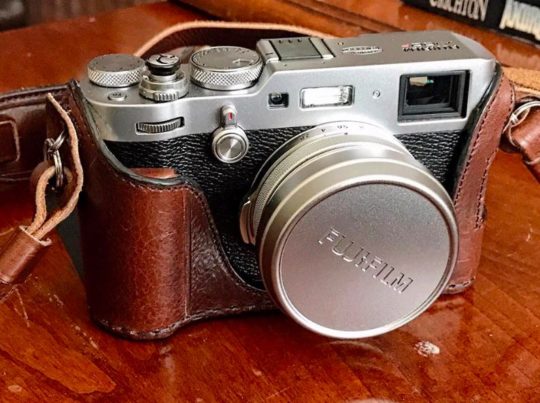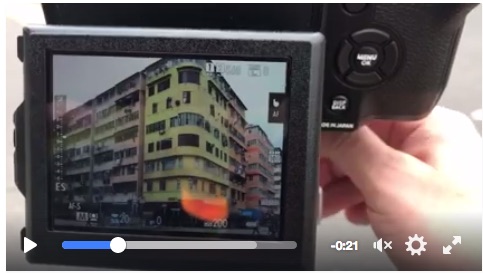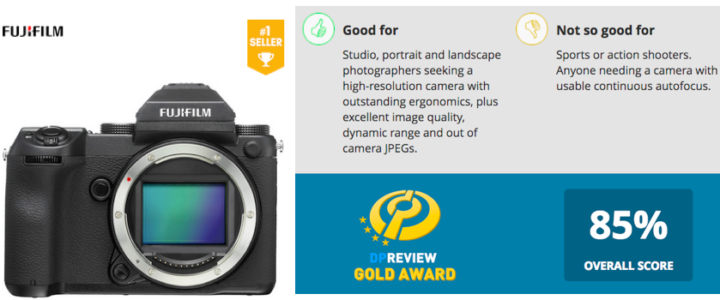Fujifilm Are Nailing it and Here’s Why :: X100F LeicaTime Half Case :: Uncompressed Vs. Compressed :: GFX Cambo Actus Tilt Shift (miXed zone)
DEAL ZONE
Fujifilm X-T1 black body (save $500): BHphoto, Adorama, AmazonUS
Fujifilm X-T1 black body (save $500 + Free Accessories): Adorama
Fujifilm X-T1 graphite body (save $500): BHphoto, Adorama, AmazonUS
Fujifilm X-T1 + XF18-55 (save $500): BHphoto, Adorama, AmazonUS
Fujifilm X-T1 + XF18-55 (save $500 + Free Accessories): Adorama
Fujifilm X100T (save $200): BHphoto, Adorama, AmazonUS
Fujifilm X-T10 body (save $200): BHphoto, Adorama, AmazonUS
Fujifilm X-T10 + XF 18-55 (save $200): BHphoto, Adorama AmazonUS
Fujifilm X-T10 + XC 16-50 (save $200): BHphoto, Adorama, AmazonUS
MIXED ZONE

Sebastian Lee: shared at the GFX group here: GF120. 1/125@F5.6 ISO 100. Edit: Forgot to mention, main light was an AD600 in a beauty dish and kicker from an AD360 with a snoot. Triggered with XT32C
Fujifilm Are Nailing it
- Kings of Photography Fuji Are Nailing it at the Moment – Here’s Why! at lightstalking
Fujifilm GFX
Gary Tyson – shared at the GFX group here: “Picked up the Cambo Actus GFX yesterday will do some testing. Just sharing a quick look at how far up/down/left right can move before vignetting kicks in. Using a hasselblad 40mm CFE lens on it. Seems to be an outstanding bit of kit” – NOTE: I could not embed the video here on FR, so only GFX members can see it.
- Fujifilm GFX Dynamic Range Under Real Field Conditions at diglloyd
- Fujifilm GFX Documentary Use: Fish Electroshock Survey at diglloyd
- Fujifilm GF 120mm f4 R LM OIS WR Macro Review at photographyblog
- It’s Better Than Google ;) … our 11,000 members strong GFX group is incredibely helpful and shares so much content that you will find all the answers you are looking for. So, curious about the GFX? Then this group is the place to be.
- Fast, reliable, and 100% GFX news and rumors? Just follow the Fujifilm GFX facebook page, and you won’t miss a single tidbit.
Fujifilm GFX: USA BHphoto, Adorama, AmazonUS
Fujifilm X100F
USA BHphoto, Adorama, AmazonUS

Paolo Fraternale: shared here at the X100F Facebook group. Hand made leather case by Luigi LeicaTime
Fujifilm X-T20 & More
USA BHphoto, Adorama, AmazonUS
- Fuji X-T20 Tutorial Top 6 EVF LCD Hints at Omar Gonzalez Photography youtube
- X-Pro2/X-T1: Gymnastikkabalen – A photographic challenge at erikcheng
- Fuji X-T2 With Laowa 15mm f/4 Wide Macro 1:1 [Test Shot] at Aditya Key youtube
X-Trans / Compressed Vs. Uncompressed RAW
- Fuji X Raw Uncompressed Vs Lossless compressed files at Demos Soupashis youtube
Picktorial First Look at Lightroom Blog youtube





